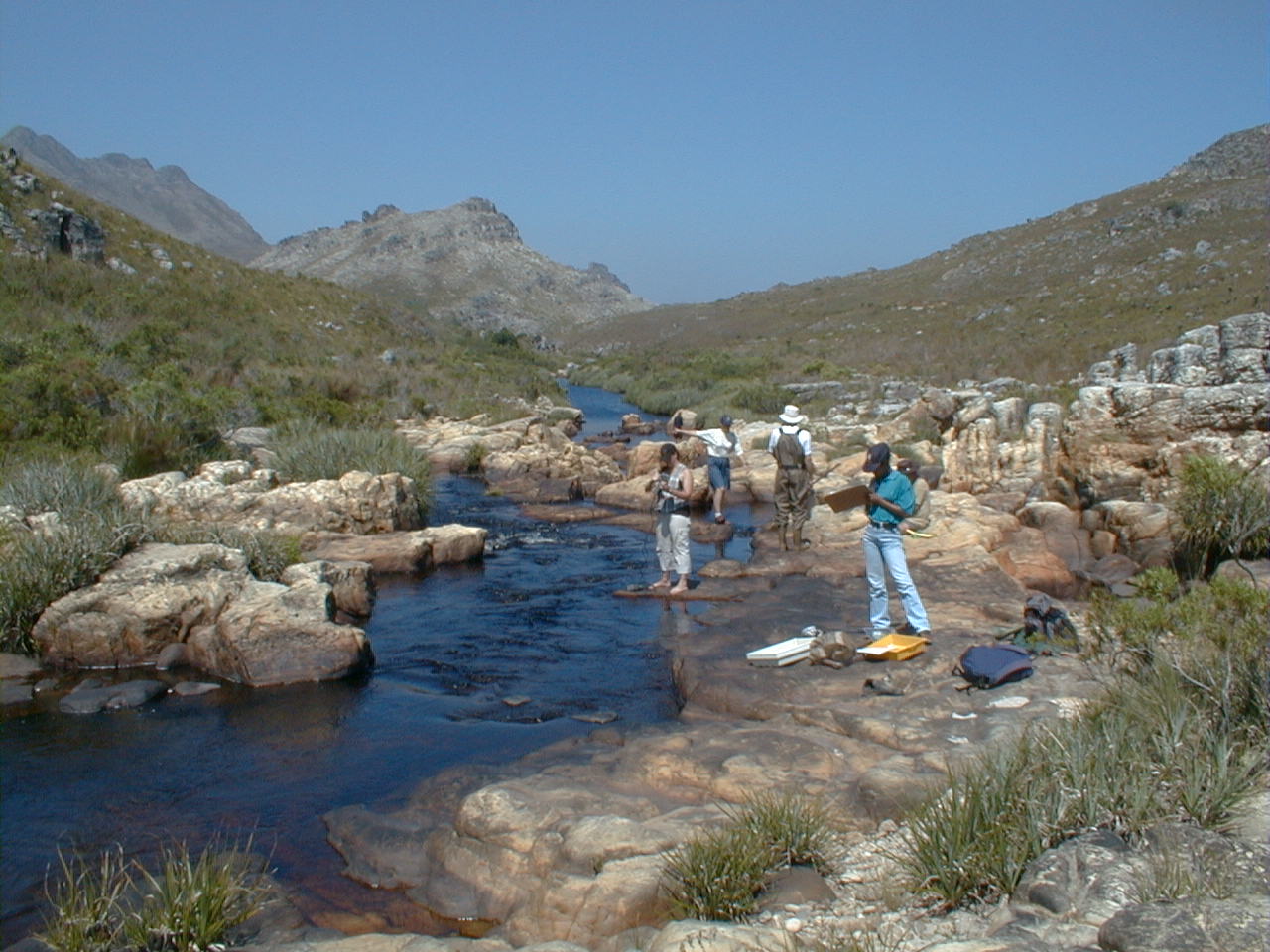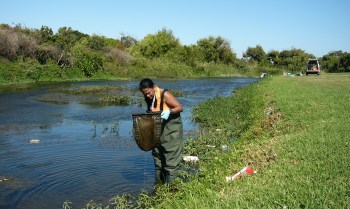| Regulatory framework | South Africa and international regulatory frameworks (policy, strategy, and instruments) that relate to mercury emissions and potential impacts will be reviewed. In particular, the extent to which these frameworks take appropriate account of typical mercury processes (e.g. emission, transport, impact) will be assessed.
Import and export of mercury trade in South Africa is also an enigma. Mercury is used in the artisanal gold mining industry, skin lighteners, muti and traditional medicines. Improved information on mercury trade can better characterize how mercury is imported or exported, and can influence policies on mercury phase-out processes in South Africa. If necessary, the development of a revised South African regulatory framework will be supported, that is: (a) informed by good science and good governance principles, and (b) integrated with other SAMA research focus areas. The framework may include: (a) a policy that guides informed decision making, (b) a practical strategy that implements the policy, and (c) practical management instruments (e.g. guidelines, decision-support software) to implement the strategy. | Analytical methods | Most South African laboratories are currently inadequately equipped to perform the necessary mercury analyses to determine mercury speciation, particularly in water. Although equipment exists to measure total mercury in solid materials, sediments and biota, more sensitive and reliable methods exists that are currently not used in South Africa. For example, the U.S. Environmental Protection Agency has recommended improved methods for mercury and methylmercury analyses.
 A comprehensive assessment of current national analytical capacity will be carried out. A clear description of the required capacity in South Africa will also be developed. This will include the nature of the analytical techniques and the required detection levels as well as the likely demand levels (numbers and frquency of samples). A strategy will also be developed to address shortcomings in human and infrastructural capacity.
The need for an accredited reference laboratory will also be assessed. Such a laboratory could be used to (a) validate critical research data, (b) facilitate inter-laboratory comparisons, and (c) ensure that South Africa remains abreast with the latest global trends in analytical techniques. |
Source, speciation, fate, and transport | Research is necessary that contributes to a better understanding and a quantification of:
(a) where mercury originates, and (b) how it changes in form and is transported through the environment in southern Africa. Consideration will specifically be given to: These must contribute directly to achieving SAMA's research objectives. The success and cost-effectiveness of this research focus will be heavily dependent on the local availability of, amongst others, infrastructure, analytical capacity and experise.
 
| Impacts (ecological and human health) | A risk assessment approach will be taken to characterize the impacts of mercury on aquatic ecosystems and human health. Exposure pathways will necessarily be dependent on:
(a) an understanding of the sources, speciation, fate and transport of mercury in southern Africa, and (b) sound analytical capacity. Dose-response curves will be developed for long-term mercury exposure to selected organisms, with particular focus on local fish species. Specific attention will be given to exposure scenarios of southern African relevance (e.g. eating contaminated fish, using mercury in artisanal gold mining, using measuring devices).
Consideration will also be given to developing operational guidelines on activities such as the safe collection and long-tern recycling / disposal of mercury-containing measuring devices, etc. |

